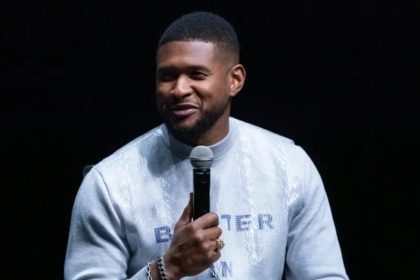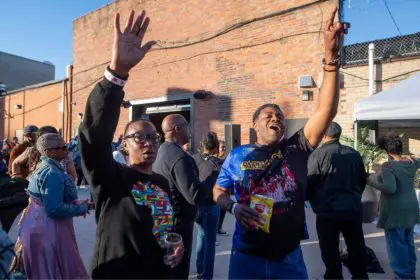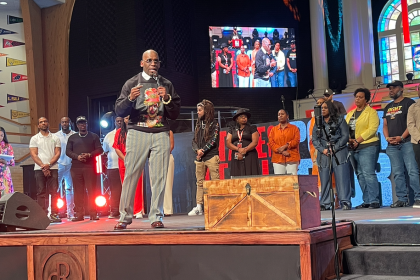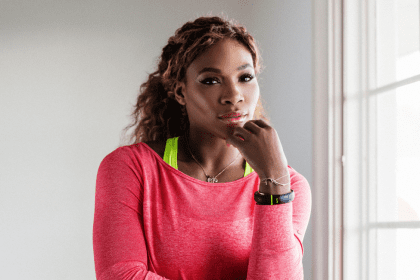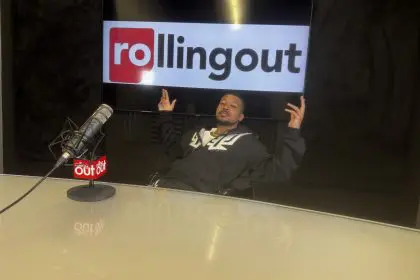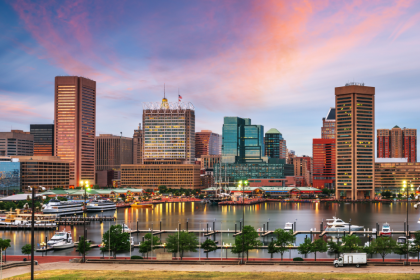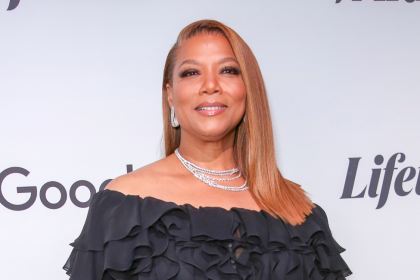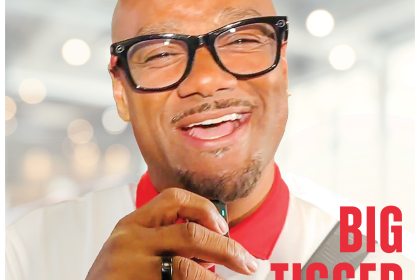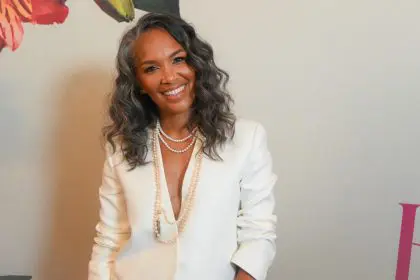In the 90’s, growing up Black and loving anime? Man, that was a one-way ticket to getting clowned—might as well have worn a sign that said “roast me.”
I remember sneaking episodes of Dragon Ball Z, pretending I was “just flipping channels” when my mom walked by. Heaven forbid anyone at school found out I knew the difference between a Kamehameha wave and a Special Beam Cannon. Being Black and into anime was like admitting you collected stamps or knew all the words to “The Sound of Music.” You kept that sh*t to yourself.
But here’s the wild part that took me way too long to realize: anime was basically made for us.
Think about it. Fantastical worlds where the underdog becomes legendary? Heroes who unlock incredible powers when they’re pushed to their limit? Characters who refuse to let their circumstances define their destiny? That’s not just anime—that’s Black Girl Magic and Black Boy Joy wrapped in Japanese animation. We were out here calling ourselves weird for connecting with stories that literally mirrored our cultural DNA.
Thank God Mark Phillips and Affiong Harris didn’t get the memo about keeping quiet.
These two friends from Texas had a simple but revolutionary idea: what if they just celebrated what they liked without apology? Back when YouTube was still finding its footing, Phillips and Harris launched RDCWorld1—a channel that would become a blueprint for authentic content creation. The name itself was a declaration: Real Dreamers Change the World.
Joined by Leland Manigo, Desmond Johnson, Benjamin Skinner, Dylan Patel, and Johnathon Newton, the RDCWorld crew started making videos that felt like hanging with your boys—breaking down the latest anime episode, roasting your favorite game, diving deep into sports takes and pop culture moments. No code-switching, no dimming their enthusiasm, just pure, unfiltered fun.
Their original dream? Use YouTube as a stepping stone to build an audience so they could eventually create their own manga and, one day, an anime. But something bigger was brewing.
What started as friends making videos in their spare time exploded into something unprecedented. Today, RDCWorld boasts nearly 7 million subscribers on YouTube and a combined 10.7 million followers across Instagram, Twitter, Facebook, Twitch, and TikTok. But here’s where the story gets really good—when they tried to take their success to existing anime conventions as guests, they got the cold shoulder. Organizers straight up told them they wouldn’t “fit in.”
Instead of getting bitter, they got busy. And that’s where Dream Con was born.
In 2018, RDCWorld launched the first Dream Con with a simple mission: create the convention they wished existed. Not just anime. Not just gaming. Not just comics. Everything. A space where Black nerds, anime lovers, gamers, and pop culture enthusiasts could celebrate without having to choose a lane or justify their passions.
What they created wasn’t just an event—it was a cultural statement wrapped in a convention. Dream Con became proof that when you stop trying to fit into spaces that don’t want you and start building your own, magic happens.
Since that first Dream Con in 2018, the event has grown exponentially. This weekend, thousands of gamers, streamers, content creators, comic book and anime fans will flock to Houston’s George R. Brown Convention Center for Dream Con 2025. The lineup reads like a who’s who of creators who refused to dim their light: Megan Thee Stallion, AMP, Berleezy, Caleb City, EARTHGANG, Aerial_Knight, Afro Senju, and dozens more talent who understand that authenticity beats conformity every time.
According to the Dream Con website, their goal has always been to create a more inclusive space in fandom culture, spotlighting creators and fans who’ve been overlooked by traditional conventions. As RDCWorld puts it: “This convention will be for everyone whether you’re black, white, brown, purple, or green like Piccolo.”
What hits me most about RDCWorld’s journey is how it mirrors so many of our stories. We’ve all been there—loving something so deeply but feeling like we had to hide it because it didn’t match other people’s expectations of who we should be. Whether it’s anime, gaming, or any other passion that makes us light up, society has this twisted way of making us feel ashamed for our joy.
But watching RDCWorld transform from a group of friends making YouTube videos to creators of a movement that brings together thousands? That’s the kind of friendship goals that actually matter. They didn’t just find their tribe—they built a whole city for everyone who ever felt like the odd one out.
Every good hero needs an origin story, and RDCWorld’s is beautifully simple: friends who refused to let other people’s opinions kill their joy. They created something bigger than themselves because they understood that representation isn’t just about seeing yourself in media—it’s about creating spaces where you can be yourself, period.
Their original goal of creating manga and anime remains the same, but Dream Con has become something equally powerful—proof that when you embrace your authentic self and find your people, you don’t just change your world. You change the world.
Sometimes the most revolutionary thing you can do is just be yourself—loudly, proudly, and without apology.
*Dream Con 2025 takes place May 31st-June 1st at the George R. Brown Convention Center in Houston, TX.*


